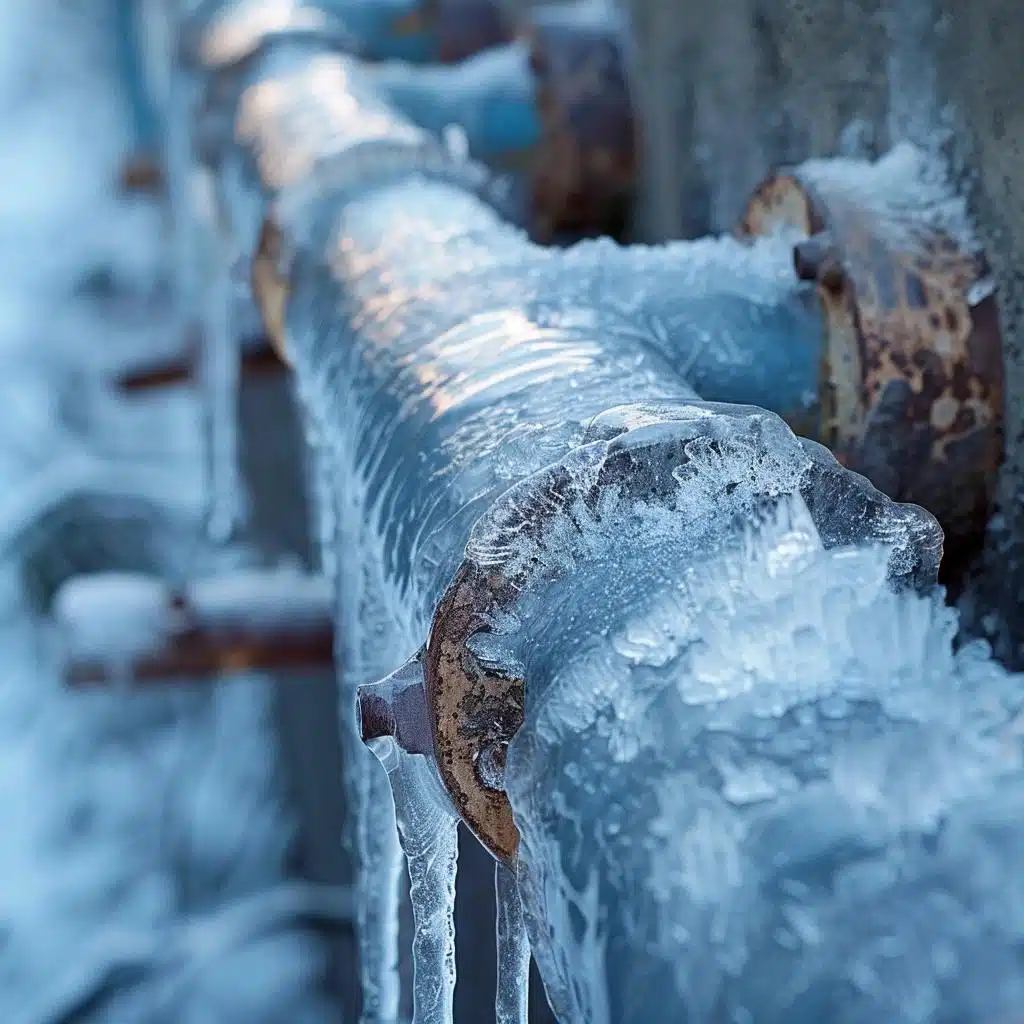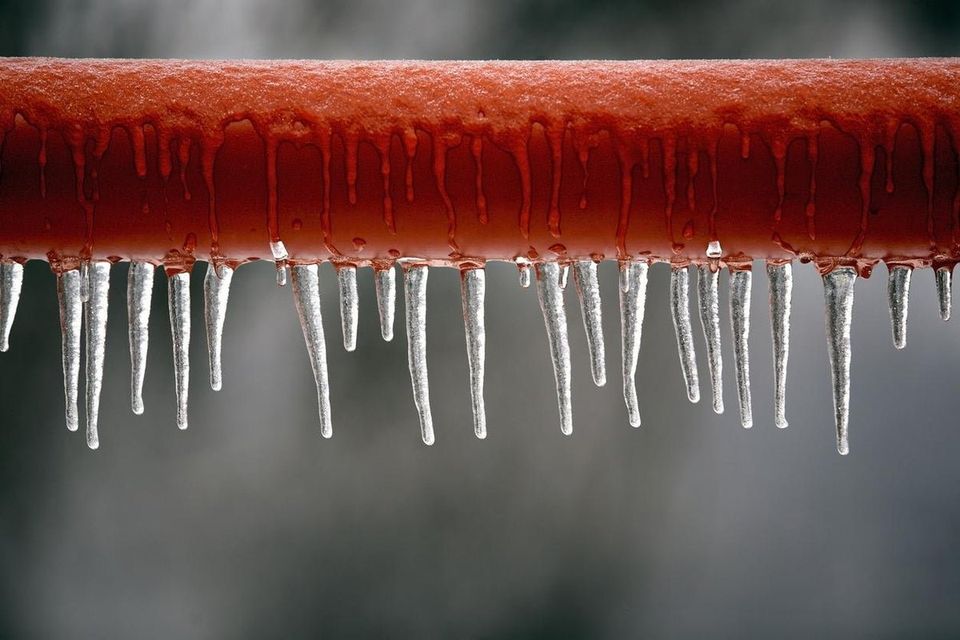Critical Methods for Avoiding Frozen Pipes in Winter
Critical Methods for Avoiding Frozen Pipes in Winter
Blog Article
Just how do you feel about Prevent Frozen Pipes ?

Winter can damage your plumbing, specifically by freezing pipes. Right here's exactly how to avoid it from happening and what to do if it does.
Intro
As temperature levels drop, the threat of frozen pipes boosts, possibly causing pricey repair services and water damage. Understanding exactly how to prevent frozen pipes is essential for home owners in chilly climates.
Avoidance Tips
Insulating susceptible pipes
Wrap pipes in insulation sleeves or make use of warmth tape to safeguard them from freezing temperature levels. Focus on pipelines in unheated or external areas of the home.
Home heating strategies
Keep interior rooms effectively warmed, especially areas with pipes. Open up closet doors to allow warm air to circulate around pipes under sinks.
Exactly how to recognize icy pipelines
Look for decreased water flow from faucets, unusual odors or noises from pipes, and noticeable frost on revealed pipelines.
Long-Term Solutions
Architectural changes
Take into consideration rerouting pipelines away from exterior walls or unheated locations. Include added insulation to attic rooms, basements, and crawl spaces.
Upgrading insulation
Buy high-grade insulation for pipelines, attic rooms, and wall surfaces. Proper insulation aids maintain regular temperatures and lowers the danger of frozen pipelines.
Shielding Outside Plumbing
Garden tubes and outdoor faucets
Detach and drain pipes garden hoses before winter. Set up frost-proof faucets or cover outdoor faucets with insulated caps.
Comprehending Frozen Pipelines
What triggers pipes to ice up?
Pipes ice up when exposed to temperatures below 32 ° F (0 ° C) for extended periods. As water inside the pipelines ices up, it expands, putting pressure on the pipeline wall surfaces and possibly causing them to burst.
Dangers and problems
Icy pipelines can lead to water system disturbances, home damage, and costly repair services. Ruptured pipes can flood homes and cause extensive structural damages.
Indicators of Frozen Water Lines
Determining frozen pipelines early can stop them from rupturing.
What to Do If Your Pipes Freeze
Immediate activities to take
If you presume frozen pipelines, maintain faucets open up to eliminate pressure as the ice thaws. Utilize a hairdryer or towels taken in warm water to thaw pipes gradually.
Conclusion
Protecting against frozen pipelines requires aggressive steps and fast responses. By recognizing the causes, indications, and safety nets, home owners can protect their pipes during cold weather.
6 Proven Ways to Prevent Frozen Pipes and Protect Your Home
Disconnect and Drain Garden Hoses
Before winter arrives, start by disconnecting your garden hoses and draining any remaining water. Close the shut-off valves that supply outdoor hose bibs and leave the outdoor faucet open to allow any residual water to drain. For extra protection, consider using faucet covers throughout the colder months. It’s also important to drain water from any sprinkler supply lines following the manufacturer’s directions.
Insulate Exposed Pipes
Insulating your pipes is an effective way to prevent freezing. Pipe insulation is readily available at home improvement stores and is relatively inexpensive. Pay close attention to pipes in unheated areas such as the attic, basement, crawl spaces, or garage. Apply foam insulation generously to create a buffer against the cold. You can also wrap your pipes in heat tape or thermostat-controlled heat cables for added warmth.
Seal Air Leaks
Inspect your home for any cracks or openings that could let in cold air. Seal any holes around the piping in interior or exterior walls, as well as the sill plates where your home rests on its foundation. Additionally, make sure to keep your garage door closed unless you’re entering or exiting. Leaving it open creates a significant air leak that can lead to frozen pipes.
Allow Warm Air Circulation
During cold snaps, it’s essential to allow warm air to circulate evenly throughout your home. Leave interior doors ajar to promote better airflow. Open kitchen and bathroom cabinets to help distribute heat consistently around the rooms. If you have small children or pets, be sure to remove any household chemicals or potentially harmful cleaners from open cabinets for safety.
Let Faucets Drip
A small trickle of water can make a big difference in preventing ice formation inside your pipes. When temperatures drop significantly, start a drip of water from all faucets served by exposed pipes. This continuous flow helps prevent the water from freezing. Additionally, running a few faucets slightly can relieve pressure inside the pipes, reducing the chances of a rupture if the water inside does freeze.
https://choateshvac.com/6-proven-ways-to-prevent-frozen-pipes-and-protect-your-home/

As a fervent person who reads about 6 Ways to Prevent Frozen Pipes, I figured sharing that piece of content was a good thing. For those who appreciated our blog post kindly be sure to share it. We cherish your readership.
Go Deal Report this page